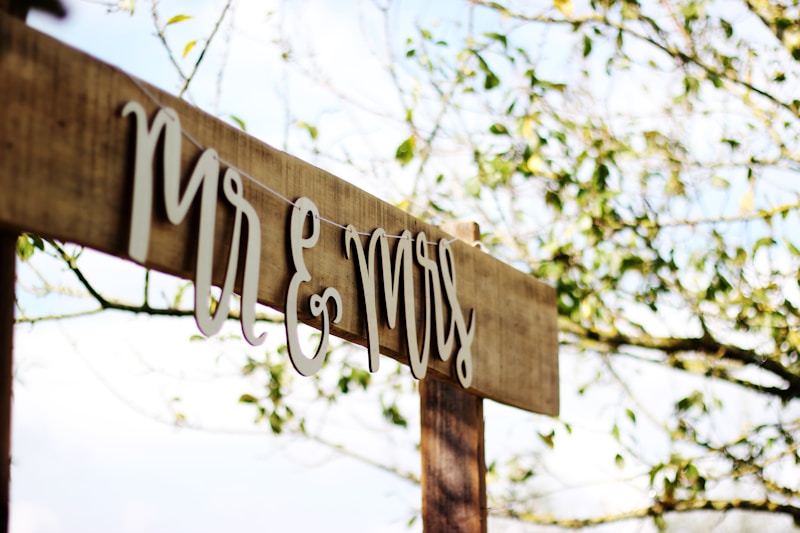Exploring Size Variations in Vintage Wedding Dresses: A Comprehensive Guide
Vintage wedding dresses evoke a sense of romance and nostalgia, attracting brides from all walks of life. However, one of the most common concerns when selecting a vintage gown is understanding the size variations that often come with these unique pieces. In this article, we will delve deep into the world of Vintage wedding dresses, focusing on size variations, tips for finding the perfect fit, and how to navigate this quirky yet enchanting market.
Understanding Vintage wedding dress Sizes
Unlike Modern wedding dresses, which adhere to more standardized sizing, Vintage wedding dresses can vary significantly in size. This inconsistency arises from multiple factors, including the era in which the dress was made, the designer's specific sizing conventions, and the materials used in the dress. Vintage sizes may differ greatly from contemporary sizes, and often, what is labeled as a size 10 today may not correspond to the same measurements in a vintage gown.
The Influence of Different Eras
Each decade has its own unique influence on fashion, which significantly affects sizing. Below is a brief overview of how sizes can vary between different eras:
| Era | Typical Size Range | Characteristics |
| 1920s | Size 2-4 | Flapper styles, loose fit, straight silhouettes |
| 1940s | Size 4-6 | Curvier styles, defined waists, fuller skirts |
| 1960s | Size 6-10 | A-line shapes, bold colors, shorter lengths |
| 1980s | Size 10-16 | Exaggerated silhouettes, poufy sleeves, and voluminous skirts |
As illustrated, the size associated with a Vintage dress can often mislead contemporary brides. It’s paramount to take accurate measurements and understand that vintage sizing operates on different standards.
Measuring for the Perfect Fit
When shopping for a Vintage wedding dress, taking precise measurements is crucial. Here are the steps to ensure you find the perfect fit:
1. Gather the Right Tools
You will need a fabric measuring tape, a pen, and paper for noting measurements. It's beneficial to have someone assist you for the most accurate results.
2. Take Your Measurements
Measure the following areas:
- Bust: Measure around the fullest part of your bust while wearing a supportive bra.
- Waist: Measure around the smallest part of your waist, usually just above your belly button.
- Hips: Measure around the widest part of your hips.
- Shoulder to Hem: Measure from the top of your shoulder to where you want the dress to end.
Be aware that Vintage dresses often have unique cuts and may require additional measurements, such as the length of the sleeves or the neck opening.
Common Size Variation Challenges
When it comes to Vintage wedding dresses, numerous challenges can arise due to size variations:
1. Alterations
Many brides find that Vintage dresses require alterations to achieve their desired fit. This can involve taking in the waist or hips, adjusting the length, or modifying sleeves. It's essential to budget for alterations when calculating the total cost of your Vintage dress.
2. Limited Availability
If you fall in love with a specific vintage gown, it may not be in your size. This limited availability can be frustrating. Consider reaching out to vintage shops or online boutiques to ask about their return policies and alteration suggestions.
3. Authenticity Factors
With the rise of vintage-inspired designs, distinguishing between authentic vintage and modern reproductions can be challenging. Ensure you're purchasing an authentic piece from a reputable seller to avoid disappointment.

Key Tips for Finding Your Vintage wedding dress
Here are some suggestions to enhance your Vintage dress shopping experience:
- Research Early: Start your search early to allow for ample time for fittings and alterations.
- Know Your Measurements: Familiarize yourself with your measurements and have them on hand while shopping.
- Keep an Open Mind: Vintage sizing can vary significantly, so be open to trying on different styles and sizes.
- Buy from Reputable Retailers: Ensure you are purchasing from a trusted dealer or seller to guarantee the quality and authenticity of your gown.
Conclusion
Size variations in Vintage wedding dresses can present challenges, yet they also offer a wonderful opportunity to find a unique piece that reflects your style. By understanding the sizing discrepancies across different eras, taking careful measurements, and being open to alterations, you can find the perfect vintage gown for your special day. Always remember, each vintage piece carries a story; find one that resonates with you to make your wedding day even more unforgettable.
In summary, while seeking the ideal Vintage wedding dress, be sure to embrace the process with patience and curiosity. Vintage fashion can be unpredictable – but that unpredictability is precisely what makes it so charming.